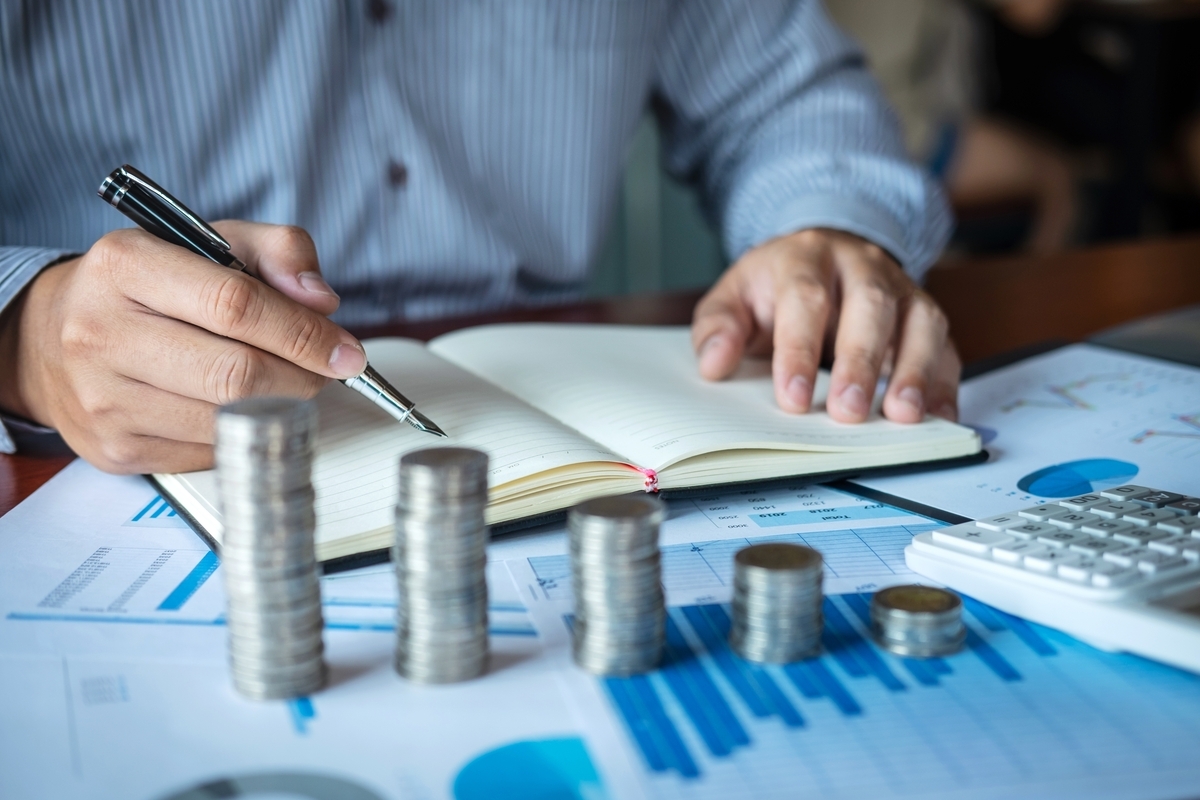What to do with 20,000 euros saved in 2025?

- ●Why is it key to make good decisions with your savings in 2025?
- ●How to define your investor profile
- ●Where to invest 20,000 euros in 2025? Realistic strategies
- ● While investing and diversifying your portfolio is of interest for savings, we cannot overlook the fact that investing in yourself is another way to grow your wealth. Taking courses on finance, taxation, wealth management, or responsible investment can help you make better decisions throughout your financial life. Below, we give you some points to keep in mind. Avoid impulsive decisions
- ●Is it a good idea to use part of the 20,000 euros to generate passive income?
Saving seems like quite a challenge, especially when daily life with its unforeseen events makes it complicated. However, have you managed to save 20,000 euros? You should know that this is no small feat. Of course, upon reaching this amount, you face a crucial decision: do you leave those 20,000 euros idle or look for ways to make them grow?
In a context like the current one, where inflation continues to erode the value of money and markets show more uncertainty than certainties, planning carefully how to move those savings can make the difference between maintaining or even increasing your purchasing power.
Next, we will show you different realistic options to get the most out of those 20,000 euros, always taking into account the different risk profiles and financial goals.
Why is it key to make good decisions with your savings in 2025?
At the beginning of 2025, the economic environment is still marked by moderating growth, inflation still high in some economies, and interest rates that, although stable, remain high compared to previous years. This landscape makes having money sitting in a checking account mean, in practice, losing value month after month.
The 20,000 euros you have saved can become a tool for:
- Create an emergency cushion
- Supplement your income with periodic returns
- Lay the foundation for your future financial independence
However, to achieve any of these goals, it is important to start with one key step, and that is to answer this question: what type of investor are you?
How to define your investor profile
Before diving into the adventure of investing or moving your saved money, it is extremely important that you answer the following questions:
- What is your risk tolerance?
- Do you have short, medium, or long-term goals?
- Will you need this money soon?
Understanding these points and answering them will help you choose between more conservative options, such as investing in Treasury bills, or seeking returns with products like crowdlending. Options with which you can always maintain control of risk.
Where to invest 20,000 euros in 2025? Realistic strategies
Once you have a clear answer to the previous questions, it’s time to think about the best strategy for you when it comes to investing. Below, we give you some of the most realistic options:
- Invest part in an emergency fund - Before talking about returns, think about security. Having between 3,000 and 5,000 euros available for unforeseen events prevents you from having to undo investments at the wrong time. A high-interest savings account or a short-term deposit can be a simple and effective solution.
- Treasury bills or short-term bonds - In a high-interest rate environment, Treasury bills are gaining interest again due to their low risk and more attractive returns. You can allocate between 5,000 and 7,000 euros to these products if your profile is conservative.
- Crowdlending - On platforms like Inversa, we allow you to access real financing opportunities through promissory notes and investment communities, starting with very accessible amounts and risk analysis. You can split part of your capital into different operations with varying terms and returns.
Of course, if you want to learn more about Inversa’s communities, we recommend checking out our blog on Inversa communities, where we explain everything in detail. After all, they are a transparent way to participate in real projects and diversify your savings.
While investing and diversifying your portfolio is of interest for savings, we cannot overlook the fact that investing in yourself is another way to grow your wealth. Taking courses on finance, taxation, wealth management, or responsible investment can help you make better decisions throughout your financial life. Below, we give you some points to keep in mind. Avoid impulsive decisions
Not all products that promise attractive returns are safe. Beware of promises without guarantees, especially on social media. Before moving your money, make sure you understand the product you want to invest in. Financial education is also a form of protection.
Is it a good idea to use part of the 20,000 euros to generate passive income?
A growing part of savers seeks for their money not only to grow but also to provide periodic returns. Crowdlending, dividends, or even some real estate investments can help you build a small source of recurring income.
With good diversification, you can aim to achieve between 4% and 7% annually, which would amount to between 800 and 1,400 euros a year with 20,000 euros, not counting reinvestment benefits.
What if you don’t want to invest all the money now?
While you may consider spreading the investment, another idea you may have in mind is to invest all the money. However, what if you have doubts? Here we offer the option to diversify the investment over time.
How can you do this? Leave part of the money available, study the opportunities well, and enter gradually into the assets that interest you the most. There’s no need to invest everything at once: you can build your portfolio little by little.
Below, we give you some examples of how you can distribute your 20,000 euros.
Example of a conservative profile
- 5,000 euros for emergency fund
- 7,000 euros in Treasury bills
- 5,000 euros in crowdlending with Inversa
- 3,000 euros in high-interest savings accounts, an interesting option for future opportunities
Example of a moderate profile
- 3,000 euros for emergency fund
- 5,000 euros in fixed income
- 8,000 euros in crowdlending with Inversa
- 4,000 euros available for education or reinvestment
At Inversa, we believe that investment doesn’t have to be complex. Our platform is designed so you can diversify your savings in an accessible way, with clear information and real opportunities. Therefore, don’t hesitate to join our platform and enjoy the best advantages.
Si quieres contribuir en el blog de Inversa como experto hazte socio del conocimiento.



